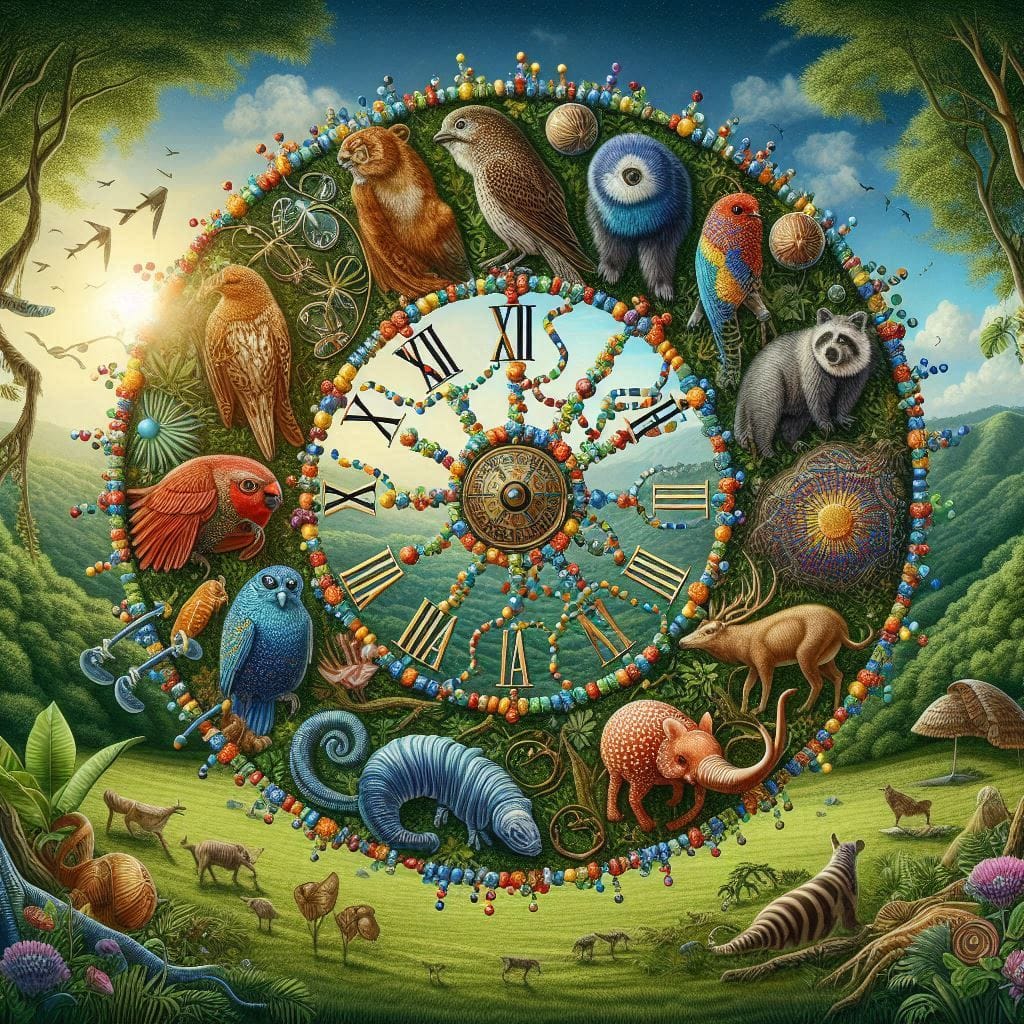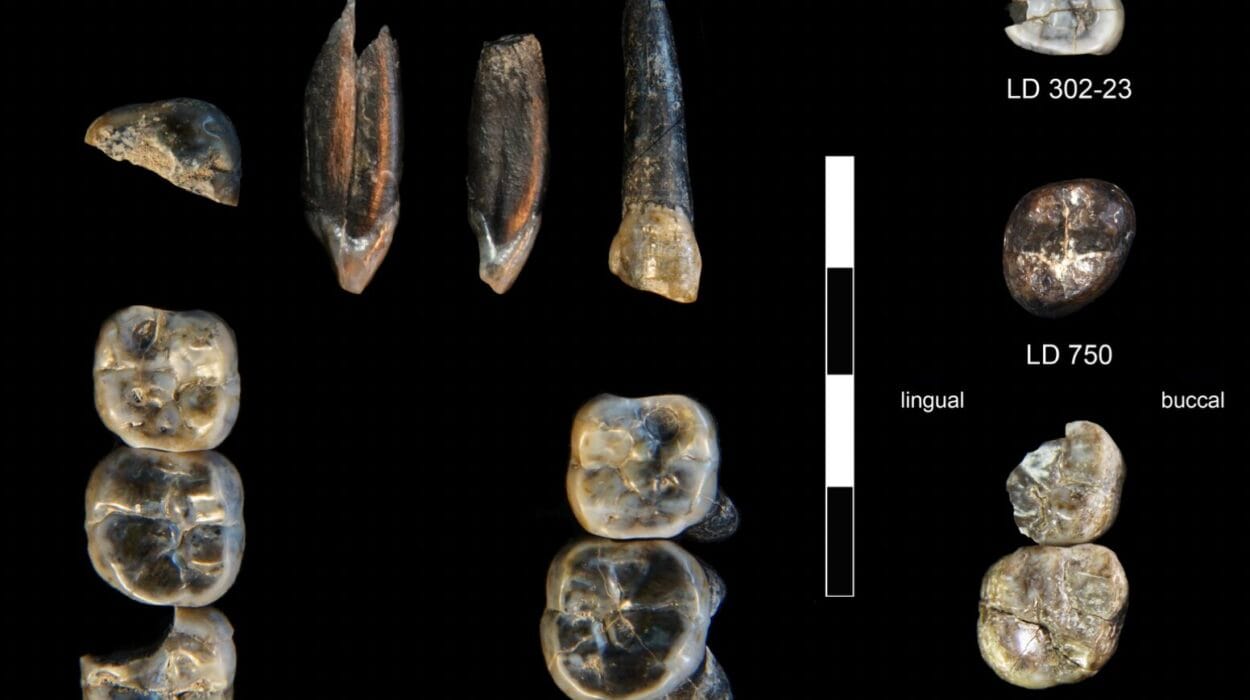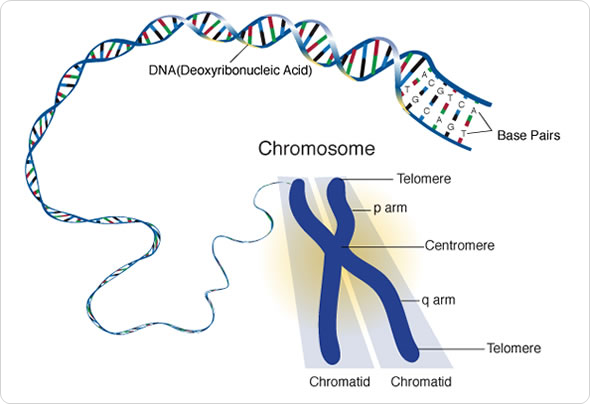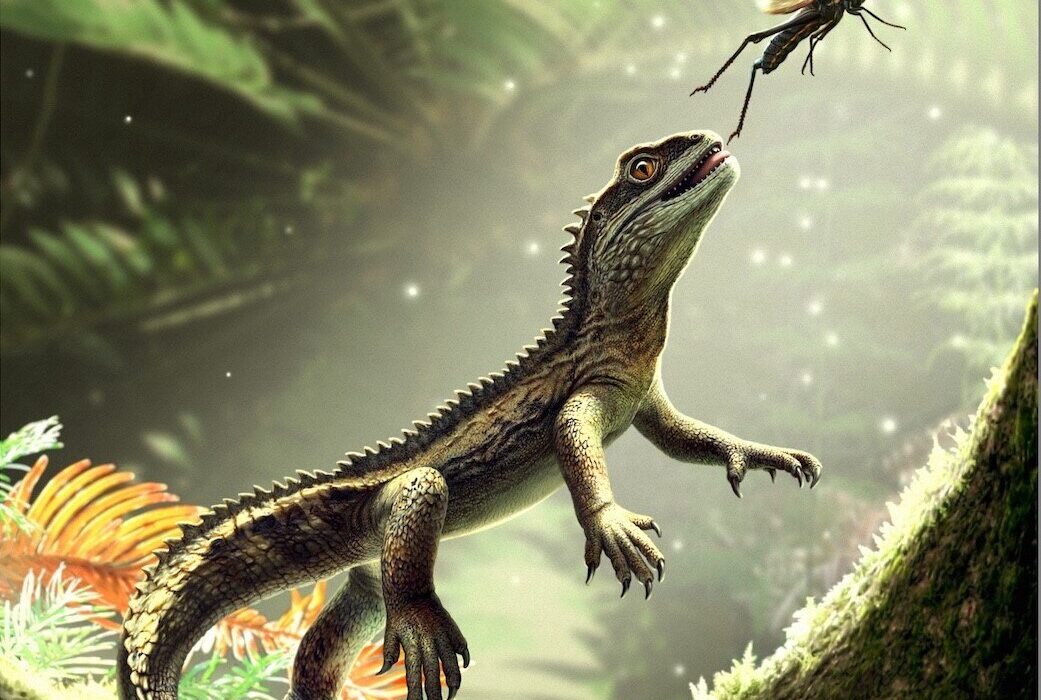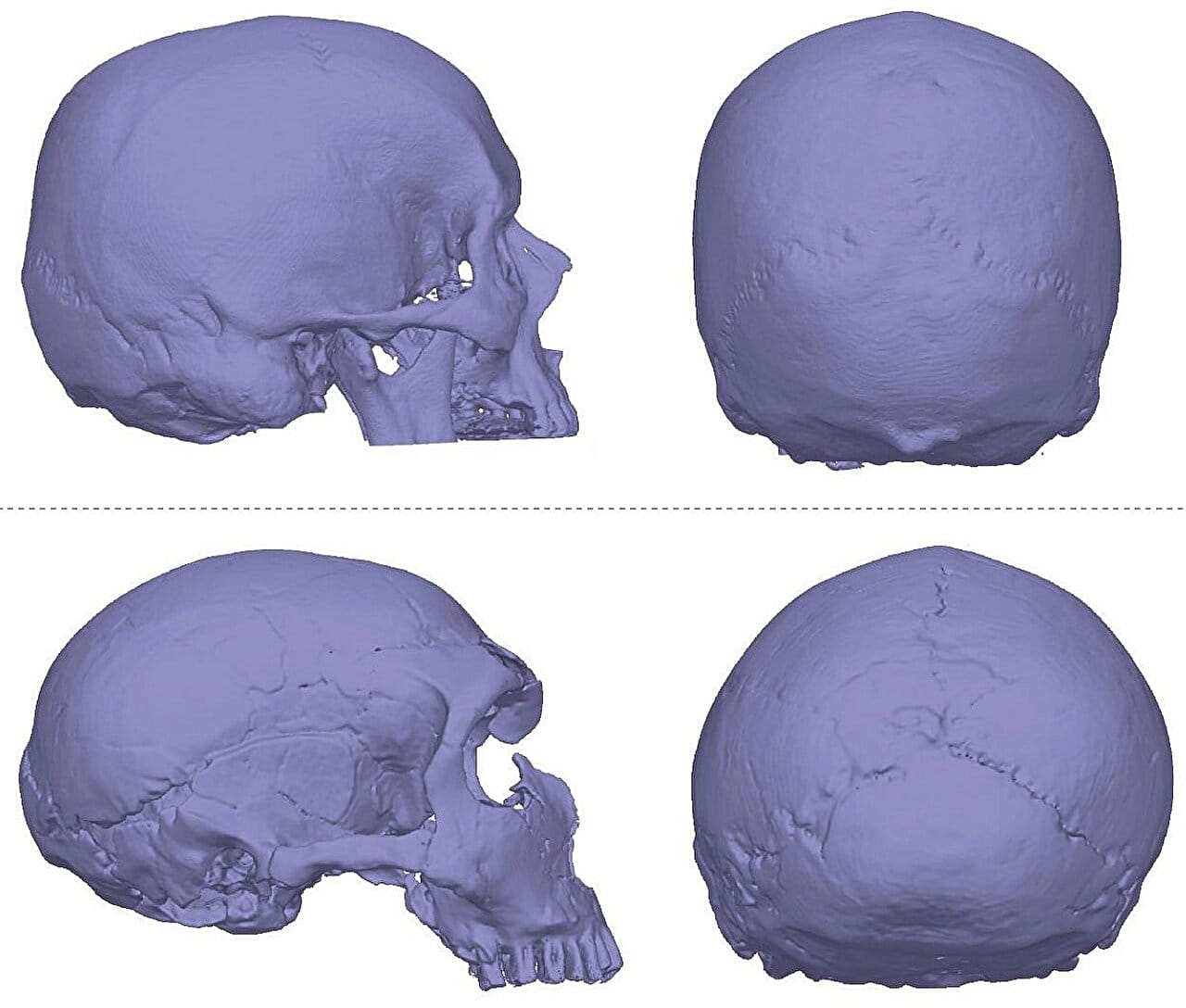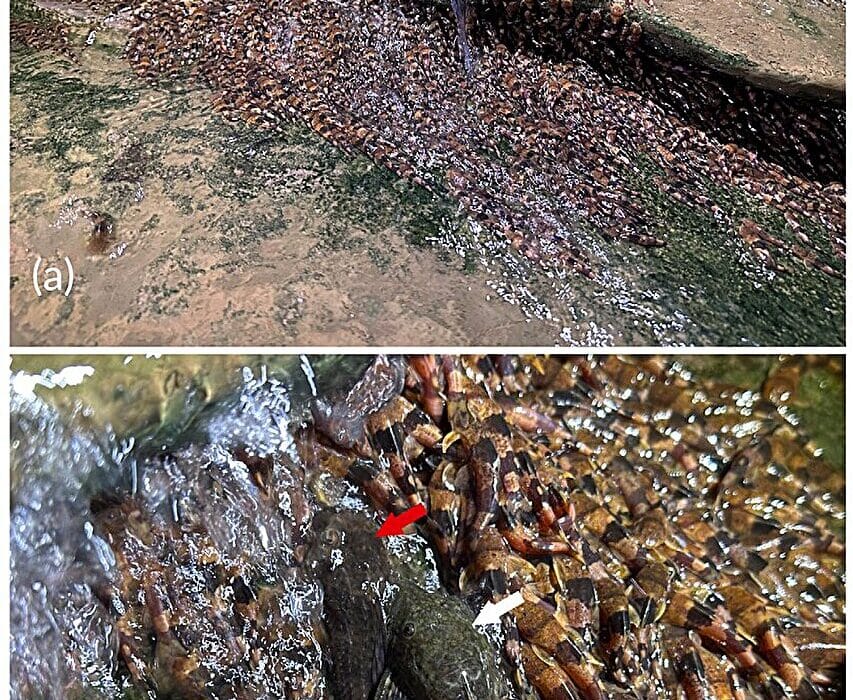Beneath the surface of every living thing—beneath skin and muscle and cell membranes—there lies a molecular code written over millions of years. It is not etched in stone or preserved in amber, but instead flows quietly through the spiraling strands of DNA, replicated with every cell division, passed from parent to offspring. This code is not static. It mutates, shifts, evolves. And remarkably, within these changes lies a method of telling time—not with gears or ticking hands, but with patterns of genetic differences. These are the molecular clocks of evolution: the biological timepieces that allow us to peer back through eons and trace the shared ancestry of life on Earth.
The idea that evolution leaves behind a measurable, molecular footprint might sound poetic, but it is grounded in hard science. Molecular clocks offer a method of dating evolutionary events that happened long before humans walked the Earth, before there were bones to fossilize or rocks to record them. In many ways, they allow us to read the invisible pages of evolutionary history.
But how do these clocks work? What do they reveal? And how do scientists ensure that these invisible chronometers are accurate? The story of molecular clocks is one of scientific ingenuity, a fusion of genetics, mathematics, and evolutionary theory that opens up a window into deep time—and into ourselves.
From Fossils to Genes: A New Way to Tell Time
Before the molecular clock came into focus, evolutionary timelines were mostly constructed using the fossil record. Paleontologists scoured ancient rocks for preserved remains of once-living organisms—bones, shells, imprints, and even burrows. By dating the rocks and examining the fossils’ forms, scientists pieced together a rough timeline of life’s history. It was like assembling a massive, incomplete puzzle using only the corner pieces.
But fossils have limitations. They preserve hard parts better than soft ones, and some organisms—like jellyfish, bacteria, or early protozoa—leave almost no trace behind. Many ancient lineages are missing from the fossil record entirely. Worse still, the fossilization process is rare and heavily dependent on specific environmental conditions. The deeper we dig into time, the more fragmentary the picture becomes.
In the mid-20th century, however, a new possibility emerged. With the discovery of DNA’s structure and the rise of molecular biology, scientists began to realize that the molecules inside cells carried a different kind of historical information—an internal fossil record of sorts. Unlike bones and teeth, these molecular traces didn’t need to be preserved in sedimentary rock. They existed in every living cell on Earth.
Genetic mutations—the small changes in DNA sequences that occur over time—provided a tantalizing clue. If these mutations accumulated at relatively constant rates, then they could be used to estimate how long ago two species had shared a common ancestor. The idea was simple in theory but revolutionary in practice: molecular differences could serve as a clock for evolutionary change.
The Birth of a Radical Idea
In 1962, biochemist Linus Pauling and his colleague Emile Zuckerkandl published a bold hypothesis that would transform evolutionary biology. They were studying hemoglobin, the oxygen-carrying protein in blood, and had noticed something peculiar. When comparing the amino acid sequences of hemoglobin across different species—humans, monkeys, fish, birds—they found a pattern. The number of differences seemed to increase the farther back in time the species had diverged.
Pauling and Zuckerkandl proposed that if mutations occurred at a relatively steady rate, then the number of molecular differences between two species could serve as a proxy for time since their last common ancestor. This “molecular clock” could be calibrated using the fossil record for certain well-dated species and then used to estimate divergence times for others, even when fossils were lacking.
At first, the idea met skepticism. Evolution, after all, was not expected to proceed at a perfectly uniform pace. Natural selection, genetic drift, environmental pressures—these all influence mutation rates. But over time, as more genetic data accumulated and computational methods improved, the molecular clock began to prove its worth.
Ticking at the Molecular Level: How the Clock Works
At its core, the molecular clock relies on mutations—random changes in DNA sequences that occur during replication. Most of these mutations are neutral, meaning they don’t affect the organism’s survival or reproduction. They might change a single base in a gene or a part of the DNA that doesn’t code for anything at all. But even neutral mutations leave a trace.
If we compare the DNA of two species, the number of differences we find in their genetic code reflects the number of mutations that have occurred since they split from a common ancestor. If we know the average mutation rate—say, one mutation every million years—then counting the number of differences gives us an estimate of how long ago the species diverged.
The key here is averaging. Mutation rates are not perfectly constant. They vary between genes, species, and environmental conditions. But over large enough timescales and across neutral regions of the genome, they tend to stabilize. It’s like watching water boil. On a microscopic level, molecules dance chaotically. But on the surface, we see a steady rise in temperature.
Different molecular clocks tick at different speeds. Mitochondrial DNA, for instance, mutates faster than nuclear DNA and is passed down only through mothers, making it useful for tracing maternal lineages. Ribosomal RNA genes, in contrast, evolve slowly and are ideal for studying ancient divergences among bacteria, archaea, and early eukaryotes.
By choosing the right molecular region and calibrating the clock with known fossil dates, scientists can reconstruct the evolutionary timeline with remarkable precision.
Calibrating the Clock: Merging Fossils and Genes
No clock can tell time without calibration. For molecular clocks, this means anchoring the mutation rate to known divergence events from the fossil record. For example, if we know from fossils that two species diverged 50 million years ago, and we see 100 genetic differences between them, we can estimate a rate of 2 differences per million years.
But this calibration process isn’t always simple. Fossils are often incomplete or debated, and mutation rates can fluctuate. To improve accuracy, scientists often use multiple calibration points, Bayesian statistics, and sophisticated models that account for variable rates across different lineages.
As genomic databases grow and computational tools become more powerful, these methods are getting better. Molecular clocks are now among the most trusted tools for dating evolutionary events—especially in groups with poor fossil records like fungi, insects, and early mammals.
Discoveries That Changed Everything
Molecular clocks have reshaped our understanding of life’s history in profound ways. In some cases, they’ve confirmed what paleontologists already suspected. In others, they’ve turned timelines upside down.
One striking example involves the origin of modern humans. Fossils suggested that Homo sapiens emerged around 100,000 to 200,000 years ago. Molecular clock studies, especially those analyzing mitochondrial DNA and the Y chromosome, confirmed this timeline—and revealed something more: all modern humans could trace their maternal lineage back to a single African woman who lived about 150,000 to 200,000 years ago, often referred to (somewhat misleadingly) as “Mitochondrial Eve.”
Similarly, molecular clocks helped date the divergence between humans and our closest relatives, the chimpanzees, to about 6 to 7 million years ago—providing a crucial anchor for studying early hominins.
Beyond humans, molecular clocks have helped reveal the ancient timing of major evolutionary events: the split between vertebrates and invertebrates, the origins of flowering plants, the diversification of mammals after the extinction of the dinosaurs, and the deep branching of microbial life billions of years ago.
They’ve also opened up new insights into the evolution of viruses. By analyzing mutation rates in viral genomes, scientists can trace the origins and spread of diseases like HIV, influenza, and COVID-19. In real-time, molecular clocks guide epidemiologists in understanding transmission and planning public health responses.
Challenges and Controversies
Despite their power, molecular clocks are not infallible. Many debates in evolutionary biology stem from disagreements over molecular dating. One major challenge is rate variation—mutation rates can differ widely between species, genes, and even parts of the same genome.
Some organisms have highly efficient DNA repair systems, while others accumulate mutations quickly. Life history traits—like lifespan, generation time, and reproductive strategy—can also influence mutation rates. Fast-reproducing organisms like bacteria and viruses mutate more rapidly than elephants or whales.
To address these complexities, researchers have developed “relaxed clock” models that allow mutation rates to vary over time and across lineages. These models use probabilistic approaches to estimate divergence times while accounting for uncertainty.
Another issue is horizontal gene transfer, especially in bacteria. Genes can move between species, blurring evolutionary relationships. Recombination, gene duplication, and genome rearrangements also complicate the picture.
Finally, molecular clocks rely heavily on accurate calibration points. If a fossil date is wrong, or if the assumption about mutation rates is flawed, the entire timeline can shift. As such, molecular clocks work best when combined with other lines of evidence—fossils, comparative anatomy, developmental biology, and geological data.
The Beauty of Deep Time
For all their technical details, molecular clocks offer something profoundly human: a way to connect ourselves to the vast and intricate story of life. Through them, we can watch as species branch and diverge, as genes travel through generations, as ancient ancestors give rise to astonishing diversity.
They reveal the quiet, relentless passage of evolutionary time. Not in cataclysms or revolutions, but in the steady accumulation of change—base by base, molecule by molecule, moment by moment.
They also remind us that time is not always what it seems. In our daily lives, time feels linear and mechanical. But in evolution, time can stretch and compress. Some lineages evolve slowly over millions of years; others burst into diversity in geological blinks. The molecular clock, with all its elegance and imperfections, helps us navigate this strange and beautiful landscape.
The Future of Molecular Timekeeping
As sequencing technology advances, the future of molecular clocks looks brighter than ever. Today, scientists can sequence entire genomes in days and compare thousands of genes across species. This flood of data allows for finer resolution, more accurate models, and broader comparisons.
New methods, like Bayesian phylogenetics, machine learning algorithms, and genome-wide rate calibration, promise even deeper insights. Researchers are exploring molecular clocks in ancient DNA, resurrecting timelines from extinct species like Neanderthals, mammoths, and Denisovans. Others are applying molecular clocks to ecological questions, such as how climate change and habitat loss affect evolutionary rates.
There’s even growing interest in “epigenetic clocks”—molecular markers that estimate an organism’s biological age rather than evolutionary age. These may help unravel mysteries of aging, development, and disease.
Ultimately, molecular clocks are more than just scientific tools. They are windows into the rhythm of life—how it pulses, adapts, and endures. They bridge the microscopic and the monumental, the present and the past, the known and the forgotten.
Conclusion: A Clock That Tells the Story of Life
What is time to a molecule? It has no consciousness, no memory, no desire. And yet, embedded within its structure is a record of history. A mutation here, a substitution there—small, silent changes that, when read with the right tools, become a narrative stretching back billions of years.
Molecular clocks do not tick in the way that watches do. They tick in the language of life itself, in the syntax of genes, in the silent passage of traits across generations. They tick not just for humans, but for every creature that has ever lived, from the simplest bacterium to the blue whale, from the first replicating molecules in primordial seas to the modern mind wondering where it all began.
In a universe filled with chaos and chance, the molecular clock offers something extraordinary: a traceable path through evolutionary time, written in the alphabet of DNA. It tells us that change is constant, that life is resilient, and that all of us—every human, every bird, every flower—are time travelers, carried forward by the ticking of ancient molecular rhythms.
